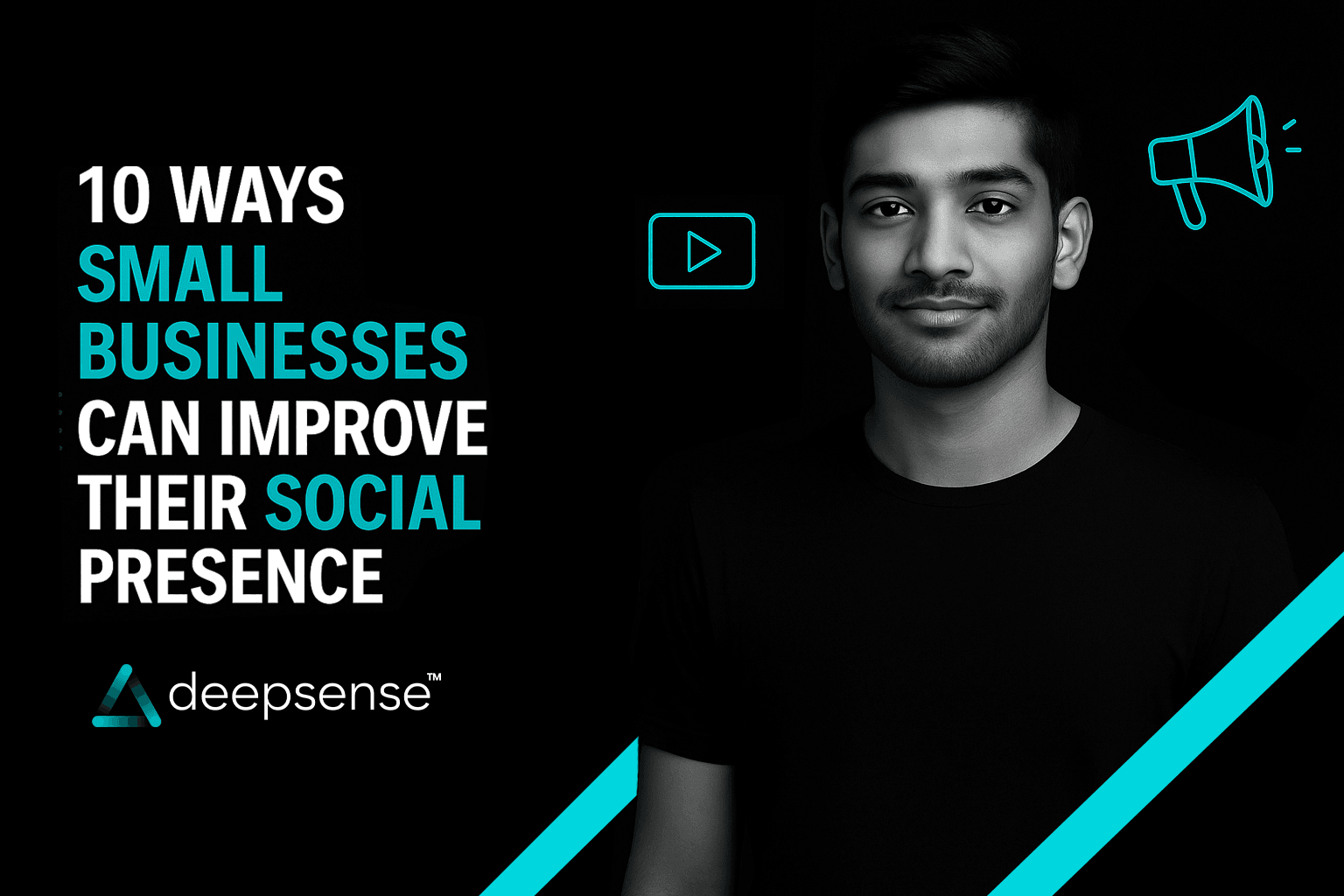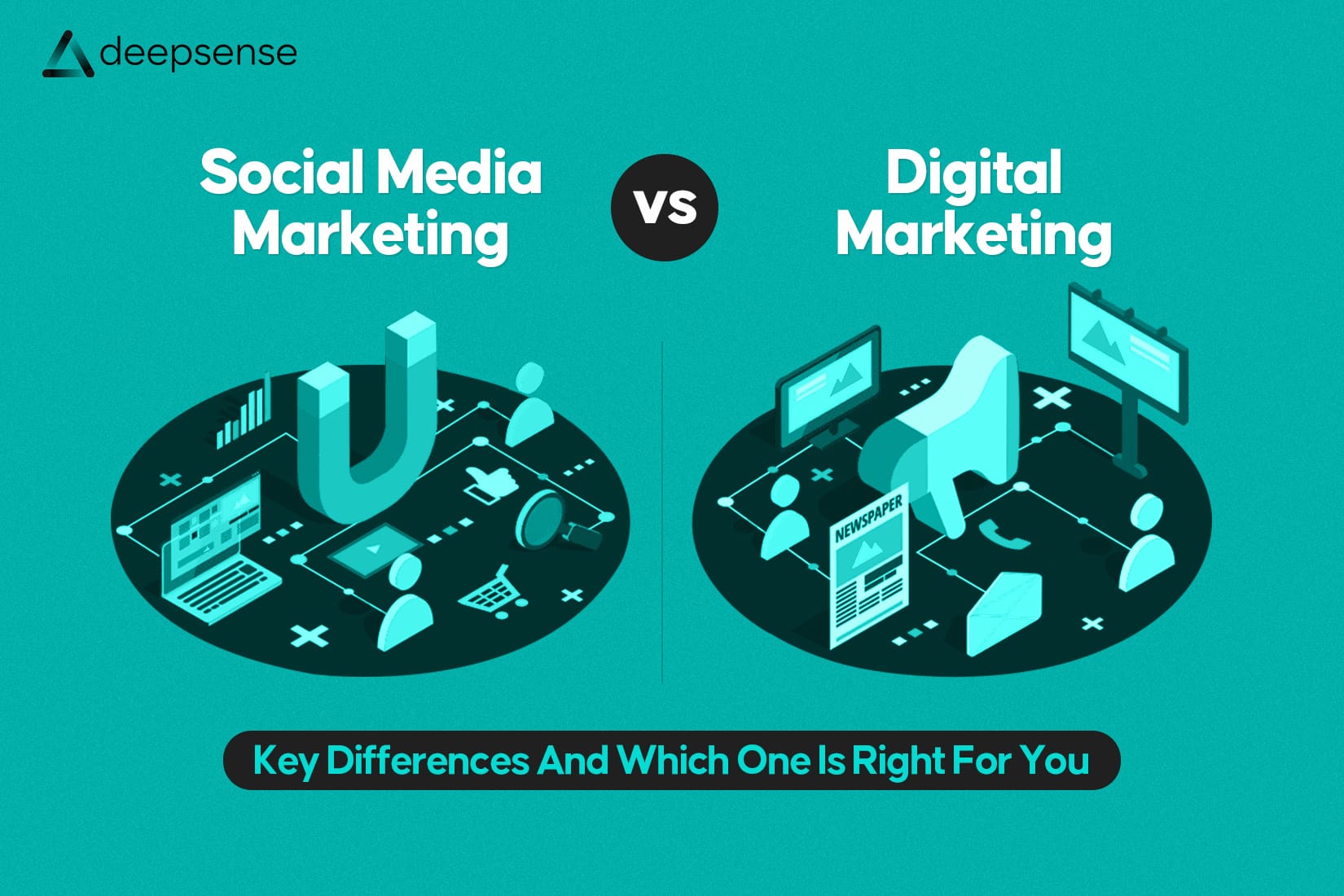In today’s fast-paced digital world, your social media presence is often the first impression people have of your business. For small businesses, a strong online presence doesn’t just boost visibility, it drives trust, engagement, and ultimately sales.
Here’s a fun fact: 77% of small businesses use social media for brand awareness, customer engagement, and sales (Buffer, 2024). The question is, are you using it effectively enough to stand out?
Let’s dive into 10 practical and creative ways small businesses can elevate their social presence, backed by strategies that build long-term trust and authority.
1. Define Your Brand Voice and Personality
Your social presence is more than posting, it’s storytelling. People don’t just buy products; they buy the feeling behind them.
Example: A local coffee shop could adopt a “warm & witty” tone in captions, like talking to a friend over coffee.
Stat: Brands with a consistent voice enjoy a 33% increase in brand recognition.
EEAT Tip: Show your real-world expertise by posting about your founder’s journey, behind-the-scenes processes, or customer stories.
2. Optimize Profiles Like a Digital Business Card
Think of your social media profile as your 24/7 shopfront. A complete, clear, and engaging profile sets you apart.
- Use a crisp logo or professional photo.
- Add your unique value proposition in the bio.
- Ensure clickable links (website, offers, Google Maps).
Stat: 64% of consumers trust a brand more when it has a professional and updated social media profile.
3. Share Authentic, Human-Centered Content
Stock photos are fine, but what really sells is real faces, real stories, real impact.
Example: A handmade jewelry brand could showcase artisans crafting pieces, instead of just polished product images.
Stat: Authentic, behind-the-scenes content gets 2x higher engagement than polished brand-only content (HubSpot, 2024).
EEAT Tip: Share your hands-on experience and customer testimonials, this adds trustworthiness.
4. Leverage Short-Form Video Content
Reels, TikToks, and YouTube Shorts are the new currency of visibility.
- Share quick tips, product demos, customer shoutouts.
- Add captions (since 85% of people watch videos without sound).
Stat: Social video generates 1200% more shares than text and image content combined.
5. Engage, Don’t Just Broadcast
Social media is a conversation, not a billboard. Reply to comments, host Q&As, or run polls.
Example: A bakery can ask, “Which flavor should we launch next, Salted Caramel or Blueberry Cheesecake?”
Stat: 71% of consumers are more likely to recommend a brand if they have a positive social media interaction with it (Sprout Social).
EEAT Tip: Build trust by actively solving customer queries instead of copy-pasting responses.
6. Collaborate With Micro-Influencers
For small businesses, influencer marketing doesn’t mean Bollywood stars, it means local voices people trust.
Example: A fitness brand could partner with a local trainer who has 5K followers but high credibility.
Stat: Micro-influencers (10K–100K followers) drive 60% higher engagement than mega influencers.
7. Use Social Commerce
Today, platforms aren’t just for discovery, they’re for transactions.
- Add Instagram Shop or Facebook Shop.
- Integrate direct purchase links in posts.
Stat: By 2026, social commerce sales are projected to hit $2.9 trillion globally (Accenture, 2023).
EEAT Tip: Add verified payment methods and reviews to build trustworthiness.
8. Analyze and Adapt With Data
You can’t grow what you don’t measure.
- Track what posts perform well.
- Monitor engagement, reach, clicks, conversions.
- Adjust based on data, not guesses.
Stat: Brands that track and adapt via analytics see 30–40% higher engagement.
9. Share User-Generated Content (UGC)
Let your customers be your marketers. Encourage them to post photos or videos using your product and tag you.
Example: A small clothing store reposting a happy customer’s outfit of the day.
Stat: UGC posts receive 4.5% higher conversion rates compared to brand-only posts (Nielsen, 2023).
EEAT Tip: UGC = trust signals. It proves your brand delivers on its promises.
10. Be Consistent (The Golden Rule)
One-off bursts don’t build social presence, consistency does.
- Plan with a content calendar.
- Post at least 3–5 times weekly (depending on platform).
- Balance education, entertainment, and promotion.
Stat: Consistent posting can increase follower growth by up to 2x compared to sporadic posting.
Final Thoughts
Building a social presence isn’t about overnight virality, it’s about sustainable growth, trust, and authentic storytelling.
For small businesses, the power of social media lies in its affordability and accessibility. With the right mix of authenticity, consistency, and creativity, even a local brand can compete with big names and build loyal communities.
At the end of the day, your social presence is your digital handshake. Make it strong, authentic, and memorable.
Pro Tip: Start small, experiment, and track results. Social presence isn’t a sprint; it’s a marathon, and the businesses that play the long game are the ones that win.
FAQs
1. Why is social media important for small businesses?
Social media gives small businesses the ability to reach a wide audience without spending huge amounts on traditional advertising. In fact, 77% of small businesses use social media to build brand awareness and connect with customers directly.
2. Which social media platform should a small business start with?
It depends on your audience. If your business targets professionals, LinkedIn is ideal. For visual products, Instagram and Pinterest are great. Facebook works well for community-building, while TikTok is excellent for younger audiences.
3. How often should a small business post on social media?
Consistency matters more than quantity. Studies suggest posting 3–5 times per week keeps your brand active without overwhelming followers. The key is maintaining quality and relevance in every post.
4. Do small businesses really need to invest in paid ads?
Yes, but smartly. Paid ads on platforms like Facebook or Instagram allow you to target specific demographics at affordable costs. Even with a budget as low as $5–10 a day, you can increase reach significantly.
5. How can storytelling help my brand’s social presence?
Storytelling humanizes your brand. Instead of just promoting products, sharing customer stories, behind-the-scenes content, or founder journeys creates emotional connections. This builds trust and long-term loyalty.
6. What kind of content works best for small businesses?
Content that educates, entertains, or solves a problem. Examples include short videos, how-to guides, carousel posts, polls, memes, and user-generated content. Video posts, in particular, get 1200% more shares than text and image posts combined.
7. How do I measure the success of my social media efforts?
Use platform analytics to track reach, engagement, and conversions. For example, measuring metrics like click-through rate (CTR), engagement rate, and follower growth gives insight into what’s working.
8. How can small businesses compete with big brands on social media?
By being authentic, local, and personal. Big brands can’t match the personal touch small businesses bring. Engaging directly with customers through comments, polls, and quick responses sets small businesses apart.
9. Should I hire a social media manager or do it myself?
If your time is limited, hiring a manager or agency helps. But if you’re just starting, you can DIY with free tools like Canva for design, Buffer for scheduling, and ChatGPT for content ideas.
10. What’s the future of social media for small businesses?
AI-driven personalization, short-form video, and social commerce are shaping the future. With over 60% of shoppers discovering products on Instagram and Facebook, small businesses that adopt these trends will stay ahead.











